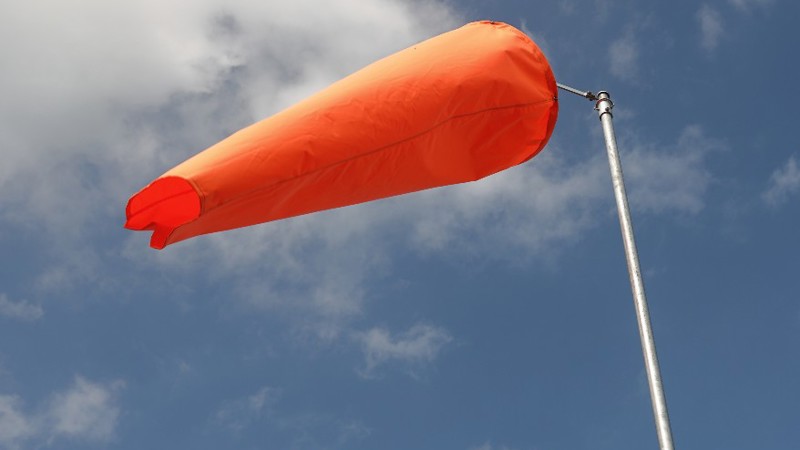Travelling in strong winds
Strong winds, either on their own or accompanying heavy rain as part of a storm, can be hazardous to road users.

Certain types of vehicle are more prone to the effects of strong winds. If your vehicle is susceptible to strong-wind conditions, consider delaying your journey until weather conditions improve if you can.
Before you travel
It’s important to plan your journey in advance, particularly if you’re travelling on routes you’re not familiar with.
- Plan your route
- Check the availability of service areas along your route
- Make sure you know how to operate your headlights and fog lights
- Check your vehicle
- Pack a seasonal kit
- Check the weather forecast. If strong winds are expected, consider delaying your journey until it clears.
- During periods of extreme weather, adjust when you travel to avoid the worst days and times of day if possible
- Check traffic conditions on our website and on Twitter
When you’re on the road
The following advice will help you stay safe when driving in strong winds:
- Slow down and keep focused on the road ahead – you may encounter debris from fallen trees, branches or other items blown by winds.
- Avoid using exposed sections of road if possible. Lorries, caravans and motorbikes are at particular risk.
- Gusts of wind can cause your vehicle to shake. Always keep good control of your vehicle by using both hands on the steering wheel.
- Look out for gaps in trees or buildings, or when crossing bridges – you’re more likely to encounter side winds here. Keep room on either side of your vehicle to allow for it being blown sideways.
- Watch out for side winds when passing larger high-sided vehicles. Keep room on either side of your vehicle to allow for it being blown sideways.
Follow the Highway Code's advice on windy weather.
How we help you
We use roadside signs to warn you of possible strong winds or side winds. These could be displayed on electronic or fixed roadside signs.
Some locations also have wind socks located on the roadside. These give you a visual representation of the direction and severity of the wind.
We monitor the network for fallen trees and debris, and use specialist equipment to remove them as quickly as possible.
Sometimes during severe weather, for safety we may need to close certain structures to some classes of vehicle or all vehicles. Where possible, we’ll provide signed diversion routes.
What if I break down?
If your vehicle has a problem, or you get into trouble on a motorway, stay calm and try to exit at the next junction or motorway service area.
Find more advice on what to do if you break down.
Top tip for driving in strong winds
Keep to main roads if possible
Minor roads are more likely to be obstructed by fallen branches and debris, so keep to main routes if you can.
